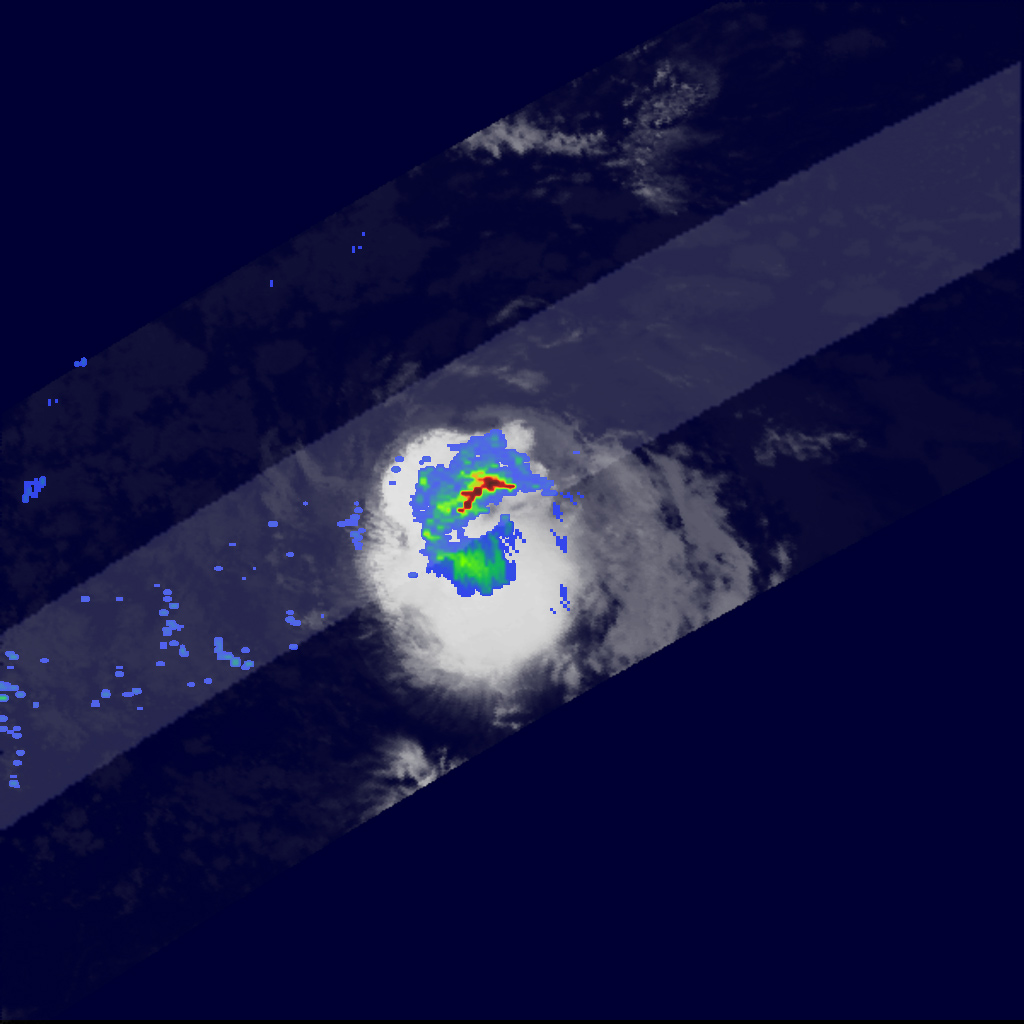Tropical Storm Debby: Tropical Storm Debby Hurricane

Tropical Storm Debby, a significant weather event in the history of the southeastern United States, brought heavy rainfall and widespread flooding to parts of Florida, Georgia, and Alabama in June 2012. The storm’s path and impact underscore the importance of understanding and preparing for tropical weather systems.
Tropical Storm Debby’s Formation, Path, and Landfall
Tropical Storm Debby originated as a tropical wave off the coast of Africa on June 16, 2012. The wave moved westward across the Atlantic Ocean, gradually developing into a tropical depression on June 20. It intensified into Tropical Storm Debby on June 21, while located south of the Dominican Republic.
Debby’s path took it northward, passing through the Bahamas and making landfall near Tallahassee, Florida, on June 23. After making landfall, Debby weakened into a tropical depression but continued to produce heavy rainfall across the southeastern United States. The storm’s remnants lingered over the region for several days, causing widespread flooding.
Impacts of Tropical Storm Debby
Tropical Storm Debby caused significant damage and disruption across the southeastern United States.
Flooding
The storm’s heavy rainfall led to widespread flooding, particularly in Florida and Georgia. Many rivers and streams overflowed their banks, inundating homes, businesses, and infrastructure.
Wind Damage
While Debby’s winds were not as strong as those of a hurricane, they still caused some damage. Coastal areas experienced strong gusts, leading to downed trees, power outages, and damage to property.
Casualties
Tropical Storm Debby was responsible for at least 13 deaths, primarily due to drowning in floodwaters. The storm’s impact highlighted the dangers associated with heavy rainfall and flash flooding.
Comparison with Other Tropical Storms
Tropical Storm Debby’s impact can be compared to other notable tropical storms in the southeastern United States. For example, Tropical Storm Alberto in 2018 also brought heavy rainfall and flooding to the region, causing significant damage. However, Debby’s path and the duration of its heavy rainfall were unique, leading to a more widespread impact.
Debby’s rainfall totals were particularly noteworthy. Some areas received over 20 inches of rain, exceeding the average annual rainfall for some locations. This heavy rainfall contributed to the severity of the flooding and its lasting effects.
Response and Recovery Efforts

Tropical Storm Debby’s impact on the region demanded swift and coordinated response efforts from local, state, and federal authorities. These agencies worked tirelessly to mitigate the storm’s effects, providing immediate relief to affected communities and laying the groundwork for long-term recovery.
Response Efforts
Local, state, and federal authorities responded rapidly to Tropical Storm Debby, prioritizing the safety and well-being of residents. Emergency response teams were deployed to affected areas to conduct search and rescue operations, provide medical assistance, and evacuate individuals from hazardous zones. The National Guard was activated to support relief efforts, assisting with transportation, logistics, and infrastructure repair.
- Local Authorities: Local governments played a crucial role in coordinating response efforts within their jurisdictions. They established emergency shelters, distributed food and water, and provided immediate assistance to those displaced by the storm.
- State Authorities: State governments mobilized resources and personnel to support local response efforts. They activated state emergency operations centers, coordinated with federal agencies, and provided funding for recovery initiatives.
- Federal Authorities: The federal government, through agencies like FEMA (Federal Emergency Management Agency), provided significant assistance in the aftermath of Tropical Storm Debby. FEMA deployed teams to assess damage, distribute aid, and coordinate with local and state authorities to ensure a comprehensive response.
Recovery Efforts, Tropical storm debby hurricane
The recovery phase following Tropical Storm Debby focused on rebuilding damaged infrastructure, providing aid to affected individuals, and restoring damaged ecosystems.
- Infrastructure Repair: The storm’s impact on roads, bridges, and other infrastructure required significant repair efforts. Local and state governments worked alongside private contractors to restore essential transportation networks and ensure the safe movement of goods and people.
- Aid to Affected Individuals: The recovery process involved providing financial and logistical support to individuals and families impacted by the storm. FEMA offered grants and low-interest loans to assist with housing repairs, replacement of lost possessions, and other recovery needs.
- Ecosystem Restoration: Tropical Storm Debby’s heavy rainfall and flooding caused damage to coastal ecosystems, including mangrove forests and wetlands. Restoration efforts focused on replanting vegetation, removing debris, and promoting natural recovery processes.
Key Organizations Involved
| Organization | Role | Resources Provided |
|---|---|---|
| FEMA (Federal Emergency Management Agency) | Disaster relief and recovery coordination | Financial assistance, temporary housing, debris removal, and logistical support |
| National Guard | Search and rescue, transportation, logistics, and infrastructure repair | Personnel, equipment, and resources for relief efforts |
| Red Cross | Emergency shelter, food and water distribution, health services, and emotional support | Volunteers, supplies, and financial assistance |
| Local Governments | Emergency response coordination, shelter management, and distribution of aid | Personnel, resources, and local knowledge |
| State Governments | Resource mobilization, coordination with federal agencies, and funding for recovery initiatives | Personnel, resources, and state-level support |
Tropical storm debby hurricane – Tropical Storm Debby’s impact was a stark reminder of nature’s power, but it also got me thinking about finding refuge in a whimsical space. Imagine escaping the storm’s fury in a charming Polly Pockets Airbnb , complete with miniature furniture and tiny landscapes.
It might not be a real-life Polly Pocket, but the nostalgia and charm would certainly make a storm feel a bit less daunting.
Tropical Storm Debby might have brought some unwelcome rain, but it also reminded us of the simple pleasures of enjoying the outdoors. Imagine sipping your favorite beverage while watching the clouds roll by, comfortably seated in a folding lawn chair with side table , ready to hold your drink and snacks.
Whether it’s a sunny day or a breezy afternoon, a folding lawn chair with side table adds a touch of comfort and convenience to any outdoor setting, perfect for weathering any storm, even metaphorical ones.
